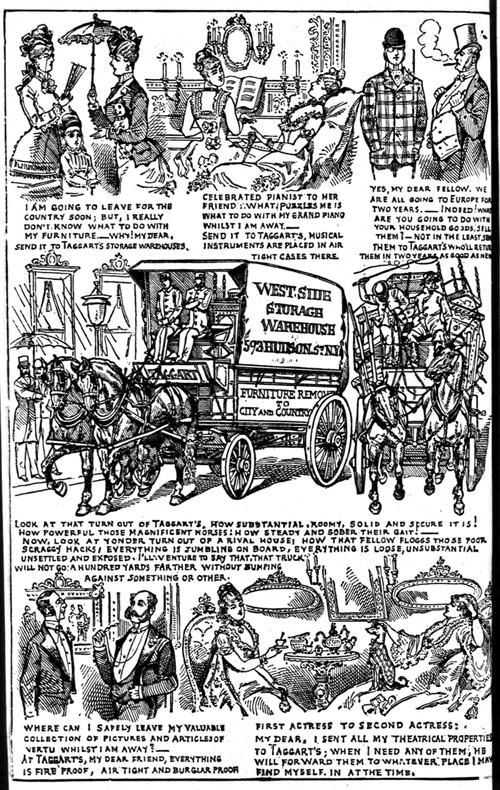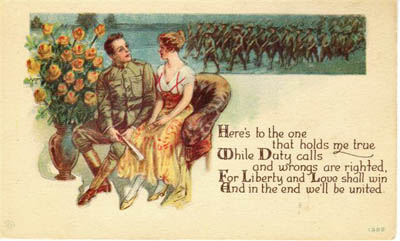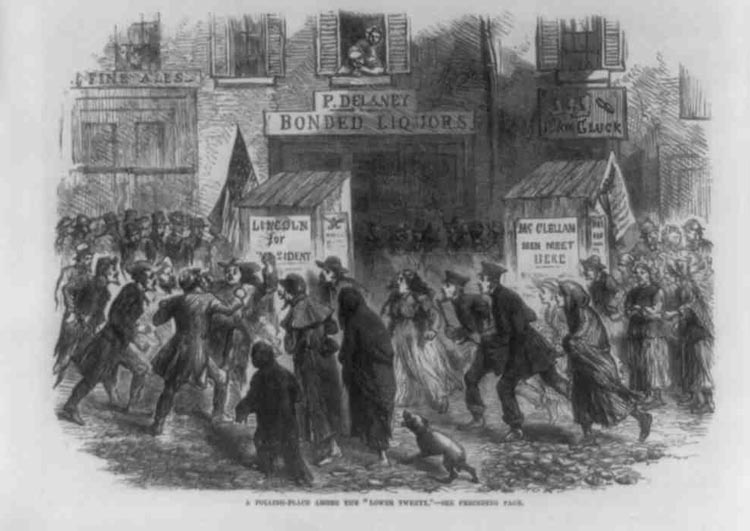 As I was winterizing the house and wrestling with a particularly stubborn storm window, it came crashing down and, of course, broke. With snow and frigid temps in the weather forecast, the hubby peeked in my office today and asked me where the phone book was so he could call the hardware store and see about getting the glass replaced. Phone book? I gave him that blank stare that told him I had absolutely no clue and turned back to my computer to Google the name of the hardware store.
As I was winterizing the house and wrestling with a particularly stubborn storm window, it came crashing down and, of course, broke. With snow and frigid temps in the weather forecast, the hubby peeked in my office today and asked me where the phone book was so he could call the hardware store and see about getting the glass replaced. Phone book? I gave him that blank stare that told him I had absolutely no clue and turned back to my computer to Google the name of the hardware store.
Years ago, even before the telephone became widely used, directories were the way to go when it came to locating people and businesses. For family historians, they’re also the way to go when you want to locate your ancestors. As I mentioned in last week’s column, I have been anxious to dive into the new collection of U.S. city directories that were posted last week, and last night I finally got my chance. I spent quite a bit of time browsing through an 1879 directory of Brooklyn, New York, and was quickly reminded of just how much directories have to offer–and how much we may miss if we only focus on that one little line that gives our ancestor’s name, occupation, and address. While this article will use the Brooklyn directory as an example, others typically followed a similar format and you may find comparable content in other areas of the U.S. and around the world.
The Joys of Online Access
When I’ve been in libraries looking through city directories on microfilm, I have to really discipline myself because my time is limited. I need to pull as many of my family names and addresses as I can in the short time I have before closing time.
As I spin through the film, my eye catches sight of advertisements for local businesses. “Ooh, is the Tobin’s hat shop advertised in this one?†It’s like dangling something shiny in front of a child. Next thing you know I’m completely distracted from my purpose and reading the directory page by page. With these directories now available online, I can sit here in my jammies and browse to my heart’s content–page by page, or skipping ahead by changing the image number.
Navigating
These directories are searchable, so you can put in your ancestors surname and jump right to that page, but it can be worthwhile to take the time to browse. Because the index was created by OCR (which means a computer reads the print), unusual fonts (especially those used in advertisements) or heavy print and smudges can cause you to miss some references.
The first thing I look for is the title page in the front of the directory. This tells me the publisher and typically what kinds of things I can find in the directory. In the 1879 directory I looked at, the title page reads, “The Brooklyn City and Business Directory for the year ending May 1st, 1880, containing also A Street and Avenue Directory, A Municipal Register, and a New Map of Brooklyn.” Yeah!
Some directories will also include a table of contents with page numbers. This directory didn’t have one for the entire book, but there were indexes for some of the sections that gave page numbers. For example, on image 21 of 774, I found an index to all the advertisements. Alas, I quickly found that the Tobins didn’t advertise here.
Although the pages of the directory won’t match up with the image numbers, with a little bit of math, you can estimate how far ahead you need to jump to get from the index to the desired page. Just bear in mind that there are two directory pages on each image when you’re doing your calculations.
Introductory Information
The 1879 directory of Brooklyn included a preface from the publisher, who strongly recommended that owners of his guide attach it to their counters with chains to deter those who might “borrow†the book, rather than purchase one. The preface also often includes tidbits on what is going on in the city and this volume mentions the long-awaited Brooklyn Bridge, which would open in 1883. Look for this section to learn what was happening in your ancestor’s city.
Other introductory material I found included a page of “Names too late for insertion in regular order,” and a list of abbreviations used in the directory. Continue reading →




